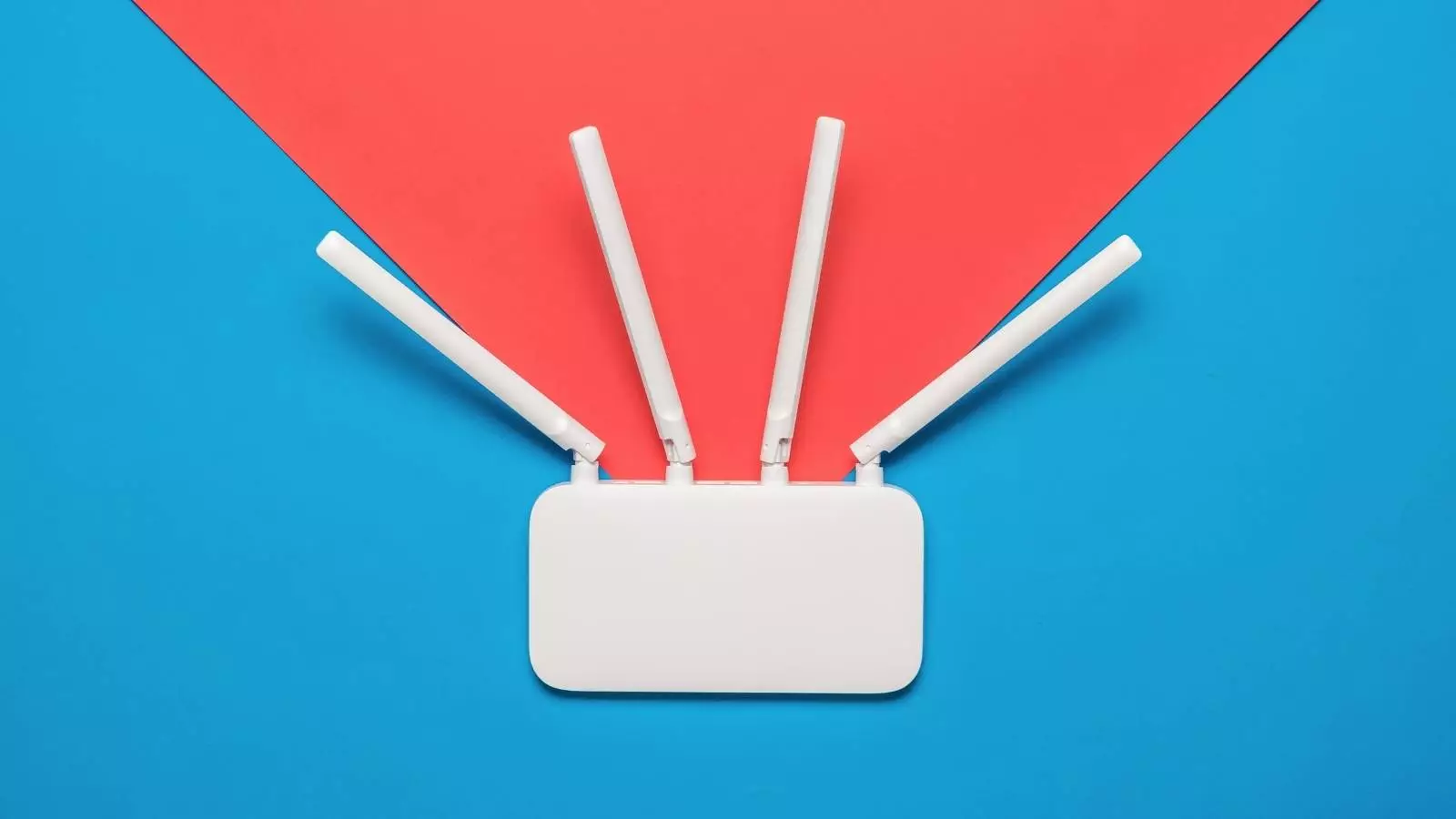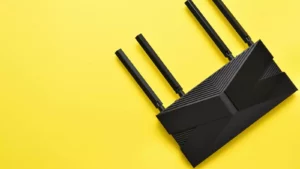A WiFi router overheating is a serious issue. The device could malfunction and cause damage to the surrounding environment. It could also cause a fire. If you have experienced this problem, it is important to know how to prevent it from happening in the future.
Table of Contents
- How a Wireless Router Can Overheat?
- What are the Main Causes of a Wireless Router To Overheat?
- How can I tell if my Wifi Router is Hot or not?
- When Your Router Gets Too Hot, What Happens?
- How to Prevent Your Router from Overheating
- Conclusion:
This article will show you how it gets overheated and how you can prevent it.
How a Wireless Router Can Overheat?
Wireless routers are becoming more and more popular in recent times. They provide a lot of convenience to people who live in houses or apartments with limited internet access. However, wireless routers can overheat and cause damage to the device if not used properly.
There are many ways that a wireless router can overheat and cause damage to the device. Some of these methods are:
– The router is plugged into an outlet that is too powerful for it
– The router is plugged into an outlet that is too close to other devices
– The router is plugged into an outlet that has faulty wiring
What are the Main Causes of a Wireless Router To Overheat?
Wireless routers are designed to be used in homes and offices but they are not immune to the dangers of being exposed to high temperatures. This is why it is important to understand what causes a wireless router to overheat so you can take the proper precautions.
Some of the most common reasons for a wireless router to overheat are:-
Faulty Power Cord:
If your incoming power cord is damaged, the router may not be getting enough power and may overheat. This is usually identifiable by a short spark from the rear panel when you plug it into an outlet.
Overloaded Power Strip:
If you have a power strip with too many electrical outlets, the circuit may be overloaded and the router may overheat.
Too Many Devices:
If you have too many devices plugged into your router, it will take up too much room and could lead to overheating. This is usually identifiable by warmer temperatures on one side of the device which can be seen by touching them with your hands.
Vents That Are Clogged:
If you have vents on your router that are clogged, it may lead to overheating. This is usually identifiable by a lack of airflow around the device and could be seen by touching the back of your device.
How can I tell if my Wifi Router is Hot or not?
The easiest way to check is to place a thermometer near the power port on the back of the device. If the thermometer reads over 80 degrees Fahrenheit, then it is likely that the device is too hot to use.
You can also test with a piece of moistened cloth near the power port and see if it feels warmer than room temperature.
When Your Router Gets Too Hot, What Happens?
If your router gets too hot, it could cause a number of problems such as slower internet speeds and reduced WiFi range.
If your router gets too hot, you should turn off the Wi-Fi and try to find out the source of the heat. If it is coming from outside of your home, you might need to install an additional cooling fan or ask for help from a professional.
In my opinion the quickest thing to do is turning off the WiFi router can save you from some Big problems.
How to Prevent Your Router from Overheating
Overheating routers can cause serious damage to your device, but it is not too difficult to avoid this.
Here are some ways you can prevent your router from overheating.
- Do not leave your router on for extended periods of time
- Do not place the device near heat sources
- Keep the device at least six inches away from other electronics or appliances that produce heat, like computers and radiators
- Use a cooler space when your router is not in use
- Do not run your router continuously as this can cause overheating
- Do not allow children to play with the router, even if they do not touch it
Conclusion:
A wifi router can run out of power and overheat, which could cause a fire. You can prevent this by buying a case for your wifi router or by using a cooling pad to allow for airflow and keep your router cool. Keep it distant from other electronic devices that produce heat, at least six inches away from them.




